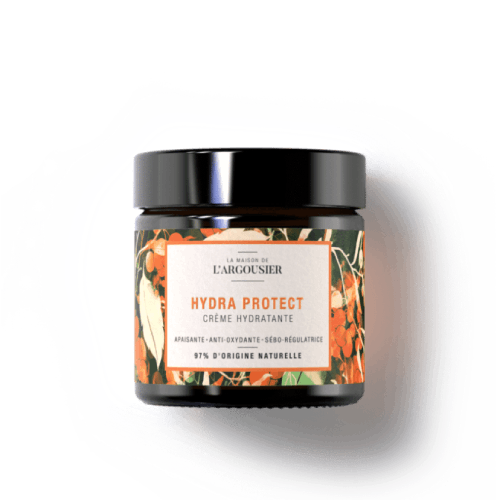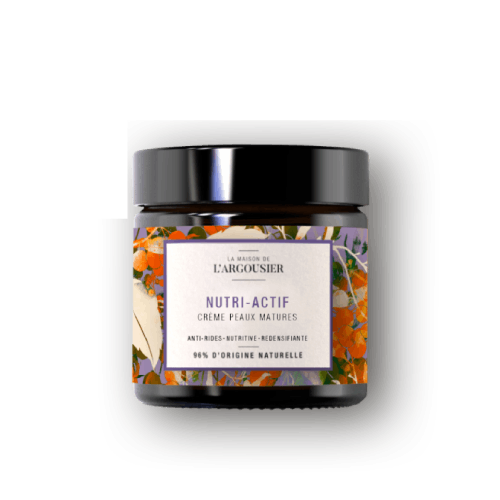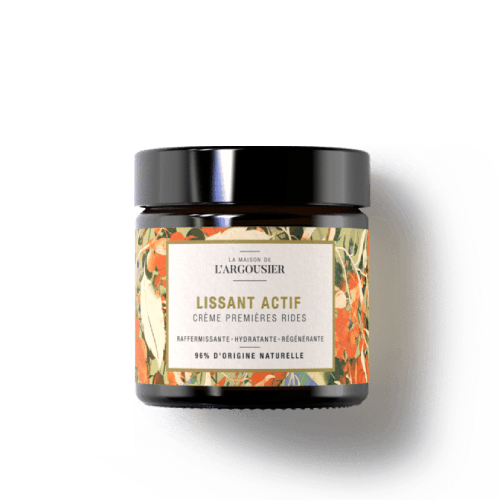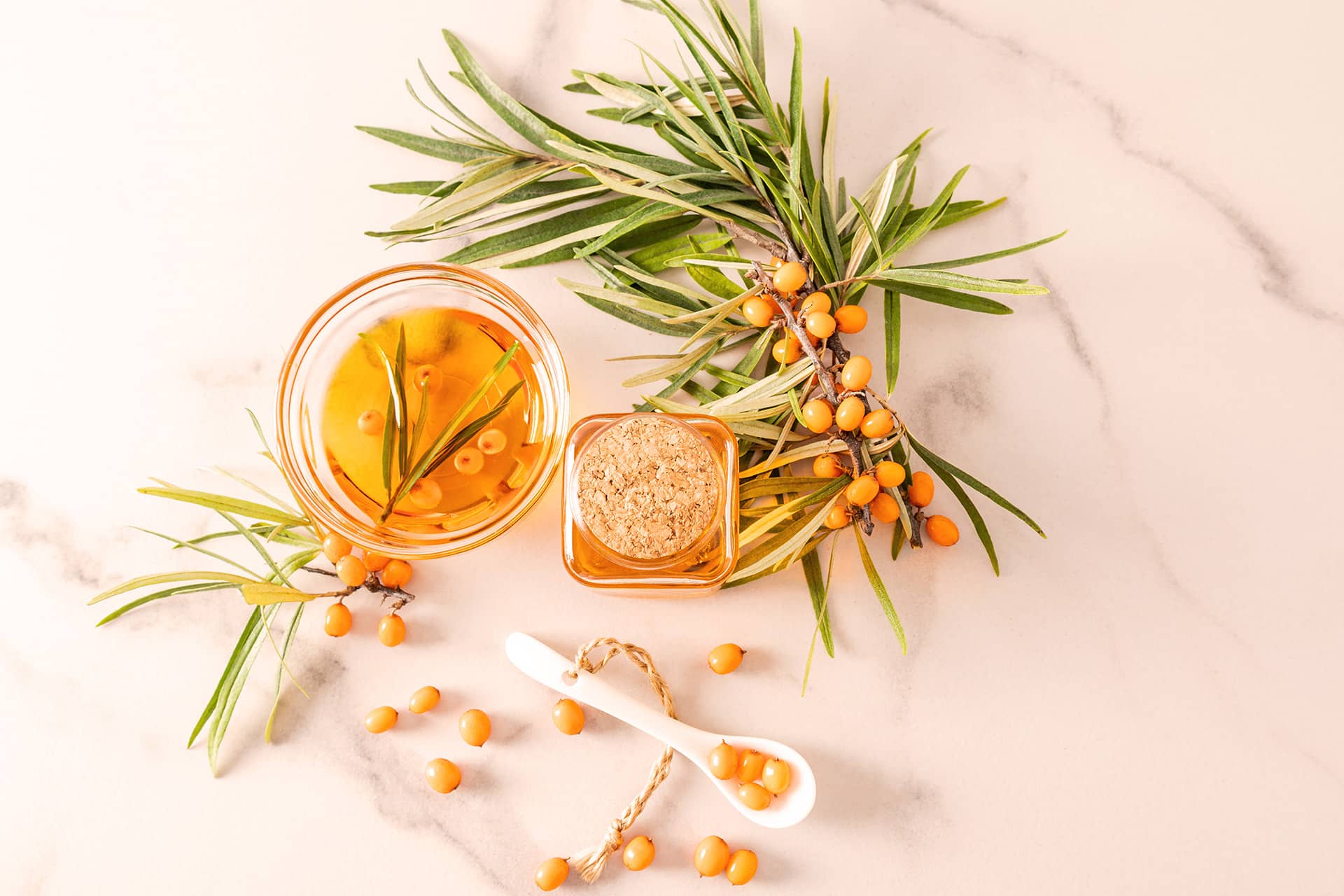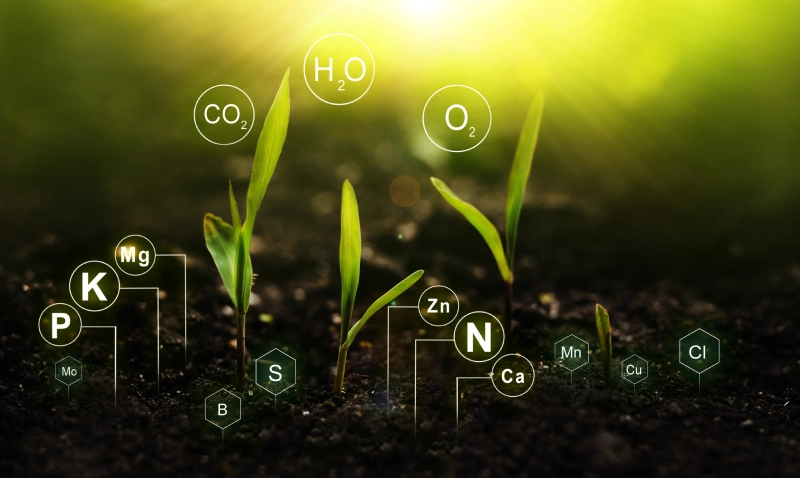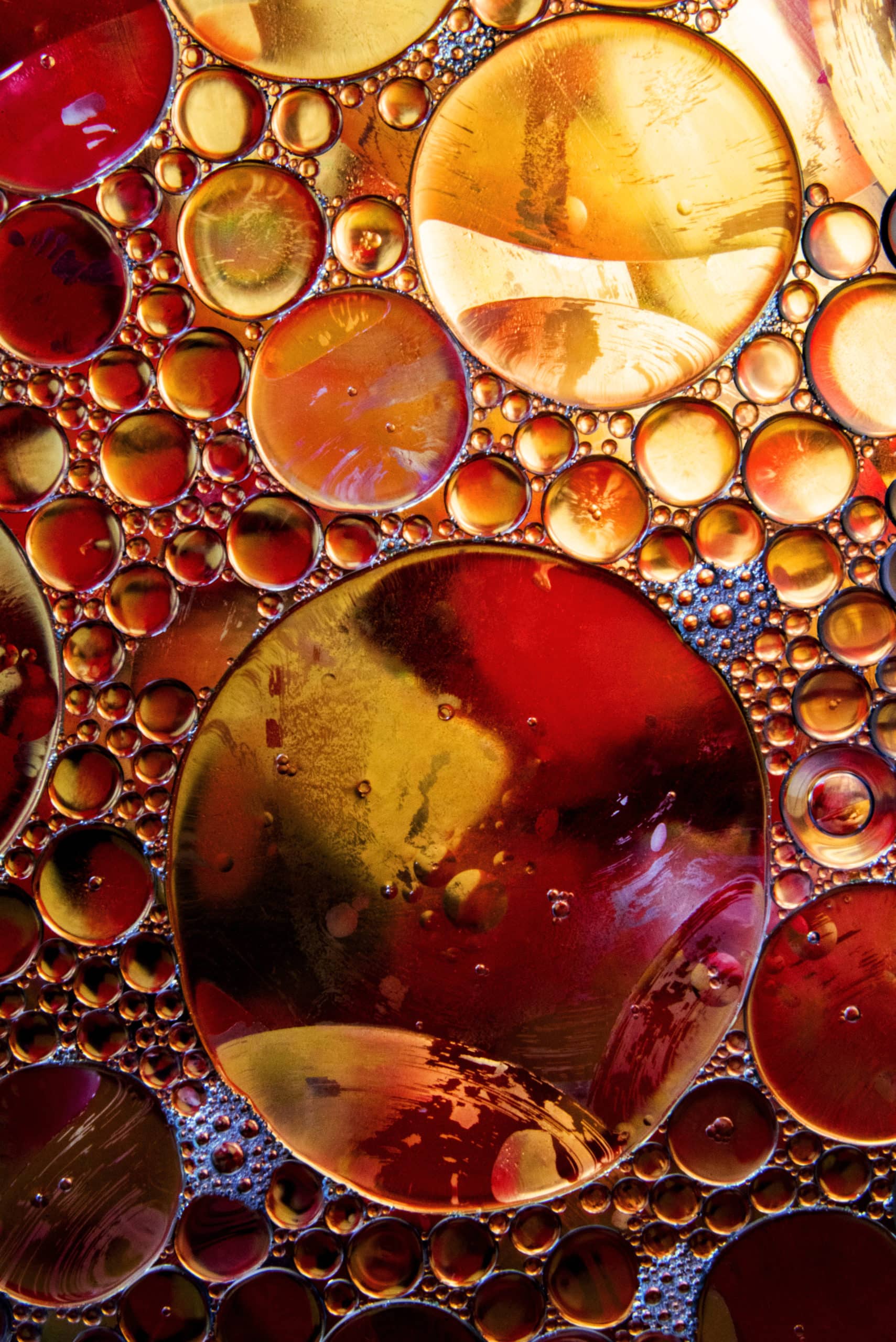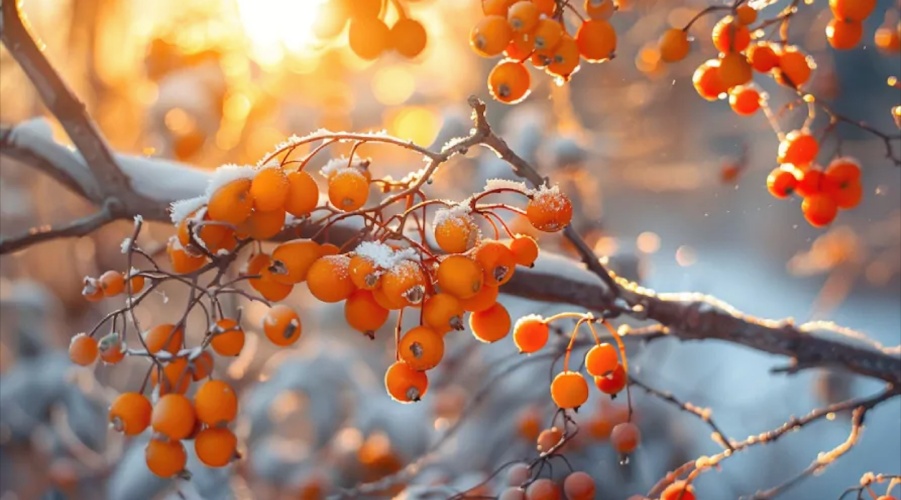
Sea Buckthorn: A natural nugget
This little-known berry is as vitamin-rich as its orange color suggests! Its vitamin C and omega-7 content is remarkable and biologically exceptional.
Sea Buckthorn or Hippophae Rhamnoides shrub
The history of sea buckthorn and its fruit
Sea buckthorn is a thorny shrub native to Europe, particularly the Alps and Northern Europe. It is also found in Asia. With its scientific name of Hippophae Rhamnoides, it has a remarkable propensity to establish itself in particularly poor soil. Sea buckthorns are also able to thrive in severe climatic conditions. Their foliage can withstand temperatures as low as -30°C in winter! It's only a short step from there to imagining that the extraordinary composition of this colorful little fruit is the source of its resilience... A step that ancestral medicines took thousands of years ago!
Traditional Chinese, Japanese and Ayurvedic medicines, as well as populations from the northernmost regions of Europe, incorporate sea buckthorn berries into their treatments:
- Skin disorders,
- Mucous membrane irritation,
- Digestive disorders,
- Painful periods,
- Cardiovascular disorders...
Sea buckthorn berries have also been used as a tonic for centuries. Its rich nutrient content was highly valued, particularly in times of famine and deprivation. Veterinary medicine was not to be outdone. In ancient Greece, leaves and twigs were mixed into horse feed to accelerate weight gain and give their coats a special shine. However, the most characteristic benefits of the berry concern skin beauty.
Botanical characteristics
Sea buckthorn, Hippophae Rhamnoides, is a pioneer plant. It should not be confused with arbutus. Although their names are very similar, the properties of these two plants differ. Sea buckthorn is easily recognized by its bright orange berries and narrow, silvery leaves. Very small yellow flowers appear in March. These tiny, petalless flowers complicate the distinction between male and female plants. The twigs of male plants are more upright than those of female plants, whose foliage is wider. It's not the flowers, however, but the appearance of the fruits that make sea buckthorn spectacular.
Their flowering starts at the end of winter, a time when pollinating insects are still absent. Pollination of these plants then depends mainly on the wind. When planting sea buckthorn in your garden, it's essential to select male plants and place them close to the females. This will facilitate the reproduction process, which is necessary given the short flowering period.
Depending on the species, these thorny shrubs can reach heights of up to 6 meters. Among the best-known varieties are Inermis, Leikora, Friesdorfer and Indian Summer. Each variety has its own specific properties. At La Maison de l'Argousier, we selected the Clara variety for its natural characteristics.
Seabuckthorn's prickly thorn makes for a particularly impenetrable hedge. The twigs are particularly resistant to harsh climatic conditions and poor soils. All they need is well-drained soil. They can also withstand being planted in pots rather than in the ground. However, pot cultivation will not allow roots to spread as they would in the open ground, and development will be limited. Like all plants, Hippophae Rhamnoides appreciates some sunlight.
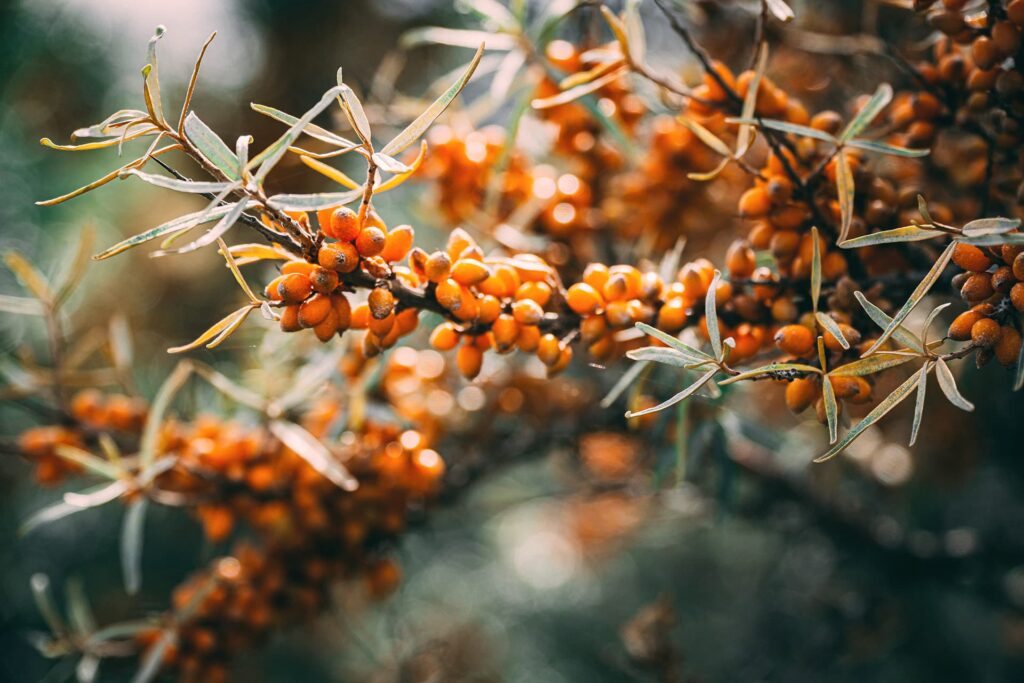
This pioneering plant is not only a feast for the eyes, but also vital to the ecosystems to which it belongs. Sea buckthorn is renowned for its role in stabilizing the soil, thanks to its extensive root network below ground. The plantation can then take the form of a hedge. This feature is particularly valuable in arid or mountainous regions, such as the Alps. Its deep roots also encourage the growth of micro-organisms that improve soil fertility.
Sea buckthorn's dense foliage provides an essential habitat and nutrient source for many animal species. The highly nutritious berries are vital for local birds and insects, helping with pollination and seed dispersal. Highly resistant to extreme temperatures, sea buckthorn berries are sometimes the sole source of food for local birds in autumn and winter.
The benefits of sea buckthorn
A remarkable composition
Sea buckthorn berries are exceptionally rich in vitamin C. A small berry, not much bigger than a pea, contains 15 times more vitamin C than an orange!
There's also the wonderful presence of beta-carotene, a precursor of vitamin A and retinol. You thought carrots were the best source of beta-carotene? No, sea buckthorn fruit contains 10 times more than a carrot!
Berries are also very rich in vitamin E. This powerful antioxidant is 4 times more present in sea buckthorn oil than in sunflower oil!
And what about its Omega 7 content? Only 4 fruits in the world contain them, but the sea buckthorn berry has 20 times the concentration of its cousins. You may ask, what is Omega 7 used for? Well, they're simply the closest natural component to human sebum!
In addition to these 4 ingredients, sea buckthorn berries contain numerous vitamins and trace elements: omegas 6 and 9, polyphenols, malic acid and even... natural hyaluronic acid!
The health benefits of sea buckthorn
While its reputation has been forged over the centuries, modern science is now studying the benefits of sea buckthorn. The literature points to skin repair and regeneration, as well as beneficial effects on the immune and cardiovascular systems. Some scientific studies support the view that sea buckthorn berries can play a significant role in the prevention of chronic diseases, thanks to their powerful antioxidant properties.
Sea buckthorn has been used by Olympic athletes and Russian cosmonauts alike for its regenerative properties. We also find evidence of its medical use, notably to treat soldiers' wounds during the war in Afghanistan or to soothe the victims of Chernobyl.
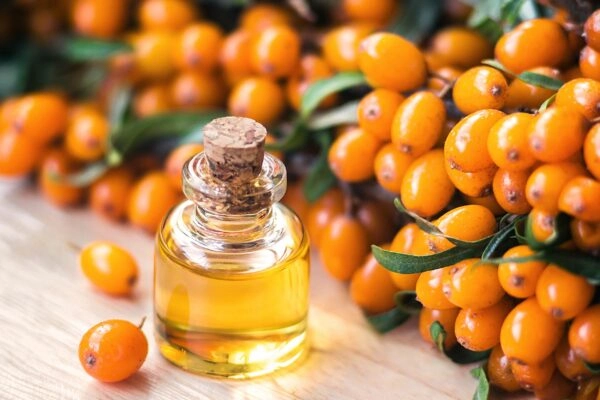
Using sea buckthorn
In the food
Berries are used to make juices, jams and even some cooked dishes. Their unique taste and nutritional properties make them a highly prized ingredient. The leaves are also used, notably for their immune-boosting properties, as well as for their anti-inflammatory, antiviral and antioxidant effects. Sea buckthorn leaves are infused and consumed as a herbal tea.
Its formidable cosmetic power
More and more cosmetic applications are emerging today, in the light of scientific analyses that have demonstrated the remarkable virtues of sea buckthorn berries. The oil extracted from the berries and seeds is highly valued in cosmetics. Its regenerative properties on the skin help to treat and prevent skin lesions, burns and rashes. It deeply moisturizes and helps reduce the signs of aging.
Three elements derived from sea buckthorn should be distinguished here:
- the oil obtained from the seeds of the berry
- that obtained from pulp
- and finally the water produced by the bay
Sea buckthorn seed oil
Sea buckthorn seed oil contains a high level of unsaturated fatty acids, which boost cell renewal and improve skin appearance. They also help reinforce the skin's hydrolipidic film, while preserving the moisture content of the upper layers of the epidermis.
Oil extracted from the fruit pulp
The orange oil obtained from the flesh of the sea buckthorn berry is very rich in beta-carotene and palmitoleic acid. It offers effective protection against free radicals, notably the sun. It helps combat the signs of aging. In particular, palmitoleic acid promotes the renewal of damaged cells.
Users also appreciate the oil's natural orange color, which instantly gives a healthy glow.
Sea Buckthorn berry water
Sea buckthorn water in particular contains an extraordinary concentration of vitamin C. Malic acid is also very present, and appreciated for its effectiveness against skin inflammation.

Food supplements and pharmaceutical specialties
Given its exceptional composition, Hippophae Rhamnoides fruit is also used in the production of dietary supplements and pharmaceutical products.
China has identified the potential of this plant. There are currently 300,000 hectares of planted shrubs, and the country produces over 200 references containing the plant.
The sea buckthorn berries in La Maison de l'Argousier products do not come from China. They come from our own plantation. Our shrubs are grown under organic farming methods. Our oil is produced using methods that best respect the active ingredients it contains. All our products are made in France using natural ingredients.
Sea buckthorn berries are often harvested by hand, although mechanized methods are being developed to meet growing demand.
Sea buckthorn berries: star seeds!
Sea buckthorn, Hippophae Rhamnoides, is much more than a simple shrub capable of establishing itself in poor soils thanks to its deep roots; it's an invaluable source of nutrients. Its growing popularity testifies to its potential to play a key role in our quest for natural health, beauty and well-being.
They tested our samples:
100% quality cosmetics!
Our products contain at least 96% ingredients of natural origin!
This is the score given to our products by the Yuka application, which evaluates the impact of cosmetics on health.
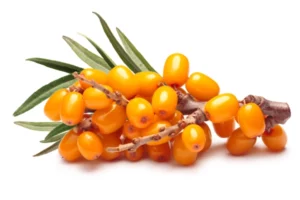
Our cosmetics come from our own certified organic plantation .
Our products are clinically tested under the supervision of an accredited organization to assess the safety, comfort and efficacy of our treatments.





